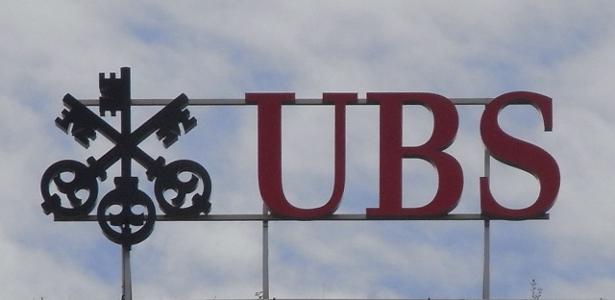BCs Offer Unlimited Money Hide The Problem That Is High Interest Rates – 03/20/2023
4 min read
The weekend’s moves, which included the world’s largest central banks, managed to stem new waves of instability in the markets. However, there is no certainty that the moderate fluctuations that occurred in the trading sessions, on Monday (20), mean the end of the turmoil and crises in the global banking system.
The main reason for the continuing concerns comes from the growing perception that the current policy of high interest rates to combat inflation at high levels is the root of the problems facing the banks. But central banks are still reluctant to accept that tight monetary policy is the cause of the crisis.
Moments in history are not rare when the economic environment no longer responds to the usual actions of central banks, which culminate in changes in inflation control policies by central banks, through the management of interest rates. But standardized control systems in place, even when they start to prove dysfunctional, are slow to replace.
The inflation targeting system itself, which is the standard adopted by central banks today, was born in the 1990s from the failure of inflation control systems based on monetary base targets (the amount of money circulating in the economy). Since the petrodollar crisis in the mid-1970s, fighting inflation by controlling the monetary base has become less effective. However, it took a decade and a half for its replacement to become widely accepted.
There is still debate about how far management problems led to the collapse of the SVB (Silicon Valley Bank), unleashing a wave of instability and turmoil that is now frightening the world. But it is unlikely that record high interest rates in the US economy played a major role in the collapse of the California institution.
The bank held large investments in long-term US Treasury bonds, and the rise in interest rates determined the mismatch between the deposits (liabilities) held by customers and the resources (assets) with which the bank obtained funds to cover withdrawals. The problem he faced was not due to erroneous financial speculations, but due to a lack of liquidity to honor depositors’ withdrawals.
SVB’s investments were completely safe, but what its managers didn’t expect was that as interest rates rose, selling Treasury bonds before they were due to cover withdrawals would mean accumulating losses. As interest rates rise, the resale value before government bonds mature decreases. When SVB had to sell its investment, the return was insufficient to cover the liabilities.
It was not like the wild speculation in securities with little or no support, which caused the great global crisis of 2008. In the current situation, the unexpectedly high interest rates for a long time, making the leading economies live in constrained financial conditions, are at the root collapse.
This week, central banks around the world – including Brazil bc – are meeting to set base rates for the next month and a half. In the United States, the Federal Reserve (Federal Reserve, the US central bank) is expected to continue raising benchmark interest rates by 0.25 percentage points, coming from the high forecast of 0.5 points, at a meeting on Wednesday (22). But there are increasing bets on maintaining interest rates at current levels – from 4.5% to 4.75% per annum – even though inflation still points to levels well above the target centre.
In Brazil, the Monetary Policy Committee (Copom) also meets on Wednesday to set the new level for the base rate (exchange rate). Before thinking that the start of the rate-cutting cycle will only happen at the end of the year, bets are on the moment when interest rates start to fall now swing between now in March and, most likely, at the next meeting, in May.
On Thursday (16), the European Central Bank (ECB) raised the base interest rates in the eurozone by 0.5%. Apparently, he turned a blind eye to the banking crisis and the collapse of Credit Suisse, and took a hard line against rising inflation. In fact, the decision was made only after the SNB (Swiss National Bank, the country’s central bank) guaranteed a $50 billion loan to the bankrupt century-old institution and made it clear that it would prevent losses for depositors.
Forced conversion by the Swiss National Bank (SNB, the country’s central bank) from Credit Suisse to UBS, as well as joint announcements by the world’s largest central banks, making available new and more abundant resources to counter the final waves of withdrawals in the banking system, points out The risk of the crisis spreading is not small.
The Swiss authorities alone provided US$280 billion to UBS so that the bank could absorb the collapsed Credit Suisse. This huge sum is equivalent to a third of the GDP (Gross Domestic Product) of the country.
In the US, the Fed opened lines totaling $300 billion. It is equivalent to what was provided to support banks at the height of the economic and financial collapse of the pandemic.
Central banks are still resisting the potential need to revise their interest rate policies by offering almost unlimited liquidity to the international banking system. The monetary authorities of the United States, European countries, England, Japan, Switzerland and Canada announced, in a joint statement, today, Sunday (19), the offer of daily liquidity credit lines in dollars to banks around the world. . It remains to be seen how far they will go, in the face of growing mistrust regarding the effectiveness of the current restrictive interest rate policy to contain waves of inflation.

“Entrepreneur. Music enthusiast. Lifelong communicator. General coffee aficionado. Internet scholar.”







